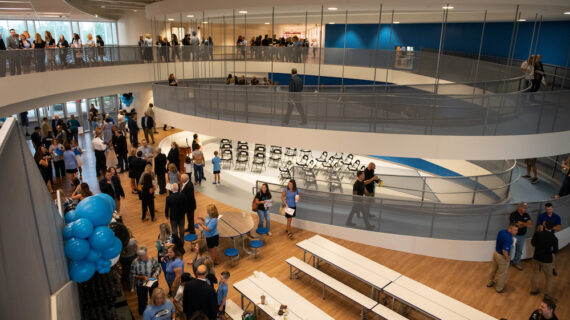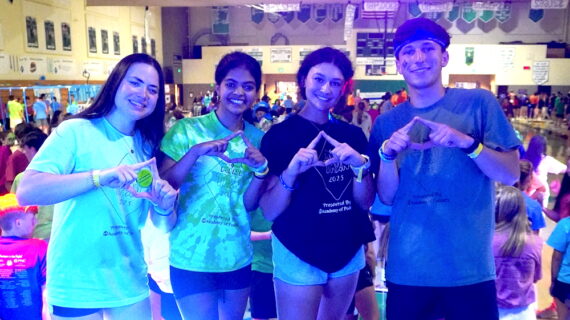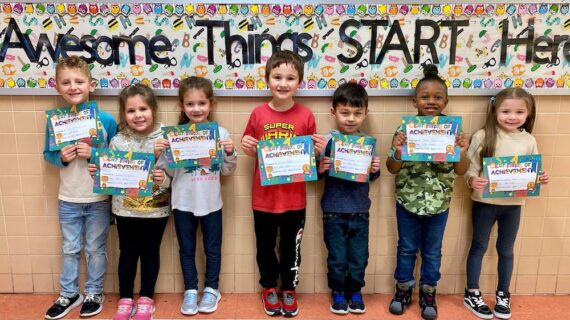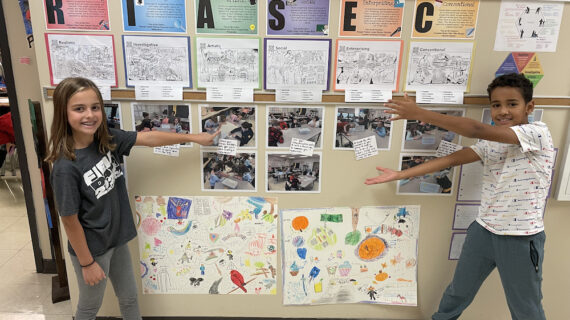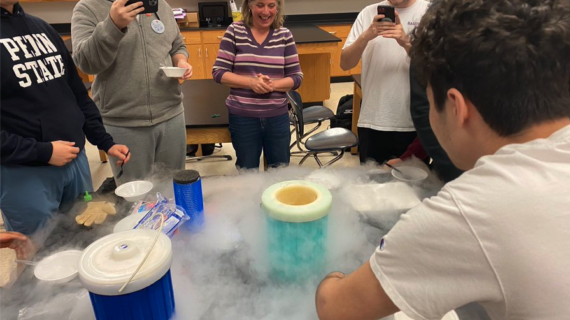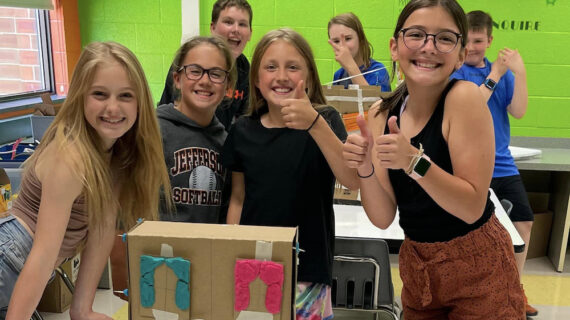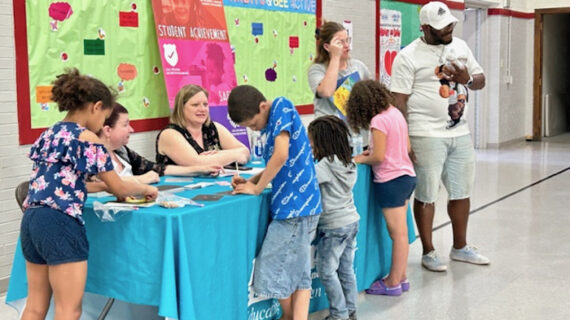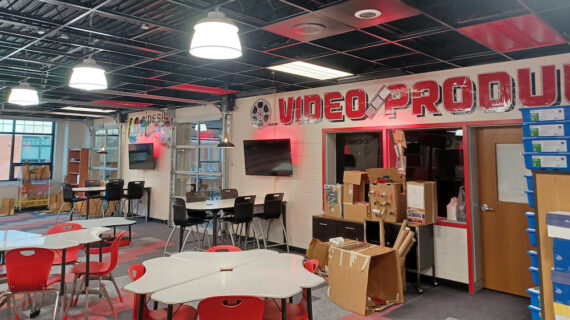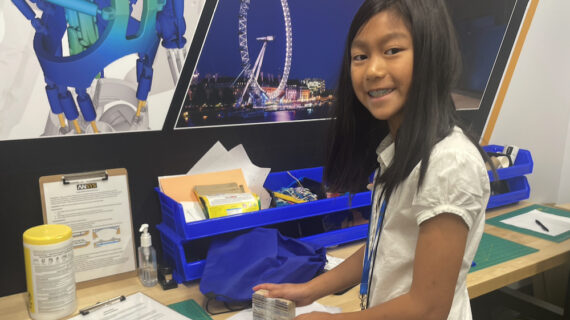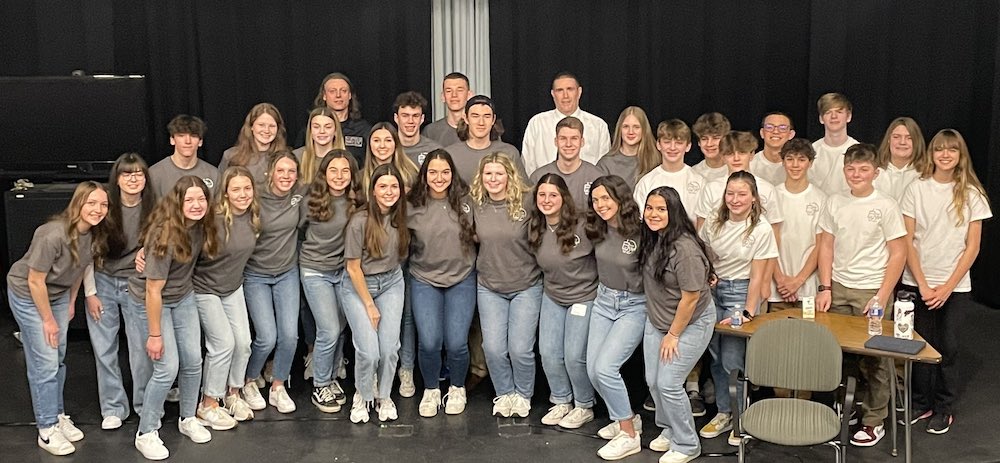
What else can learners do? Pushing boundaries and building trust in the Beaver Area School District
This story is one in a series created in collaboration with the AASA Learning 2025 Alliance to celebrate the work of groundbreaking school districts in the Pittsburgh region. Kidsburgh will share these stories throughout 2023.
It all began with a battery.
Jim Shay had ordered a shipment of classroom “clickers”: handheld devices with which students can answer questions. Tasked with putting a battery in each clicker, Shay and his colleagues asked three students for help.
What happened next would, over the course of a decade, transform the Beaver Area School District. “The students finished with the batteries and said, ‘Well, what else can we do?’” says Shay, the district’s director of technology. “That was really the beginning.”
Three students became eight. Eight students became 30. As the group grew, so did its responsibilities: The students’ peers — and soon, their teachers and even their superintendent —came to them for help with laptops, cell phones, and apps. When the district purchased an iPad for every student, Shay and his colleague, Julie Allison, asked the group to lead the technology’s rollout.
“We’d never done anything with iPads before, and suddenly we had 41 students on stage in the auditorium. We had no idea how it would go,” says Shay. The students set up stations where they explained each device. They dished out chargers and cables, walking their peers through the district’s acceptable use policies. “Afterward, I thought, ‘That was one of the best-run events I’ve ever seen. And it was entirely led by kids.’”
What else could they do?
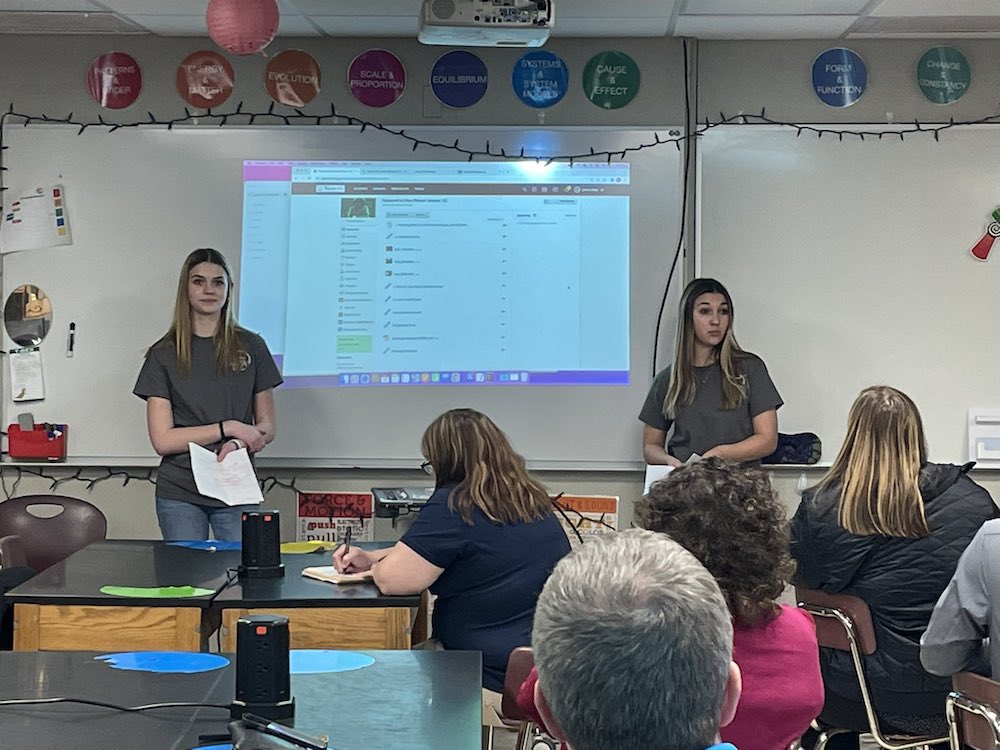
The answer became the Beaver Area School District’s Student Technology Assistance Program. Comprising nearly a dozen student-led, student-staffed departments, STAP manages every aspect of the district’s IT infrastructure, from wiring and web design to IP addresses, passwords, and communications platforms.
The program may be a first among American school districts. “My grandmother was a teacher for 35 years,” says Shay. “My mom, 37 years. I’m in my 34th year, and my wife is in her 32nd. That’s more than 130 years of experience, and we’ve seen it all. So, I can tell you: STAP is something new. It’s something truly unique and different.”
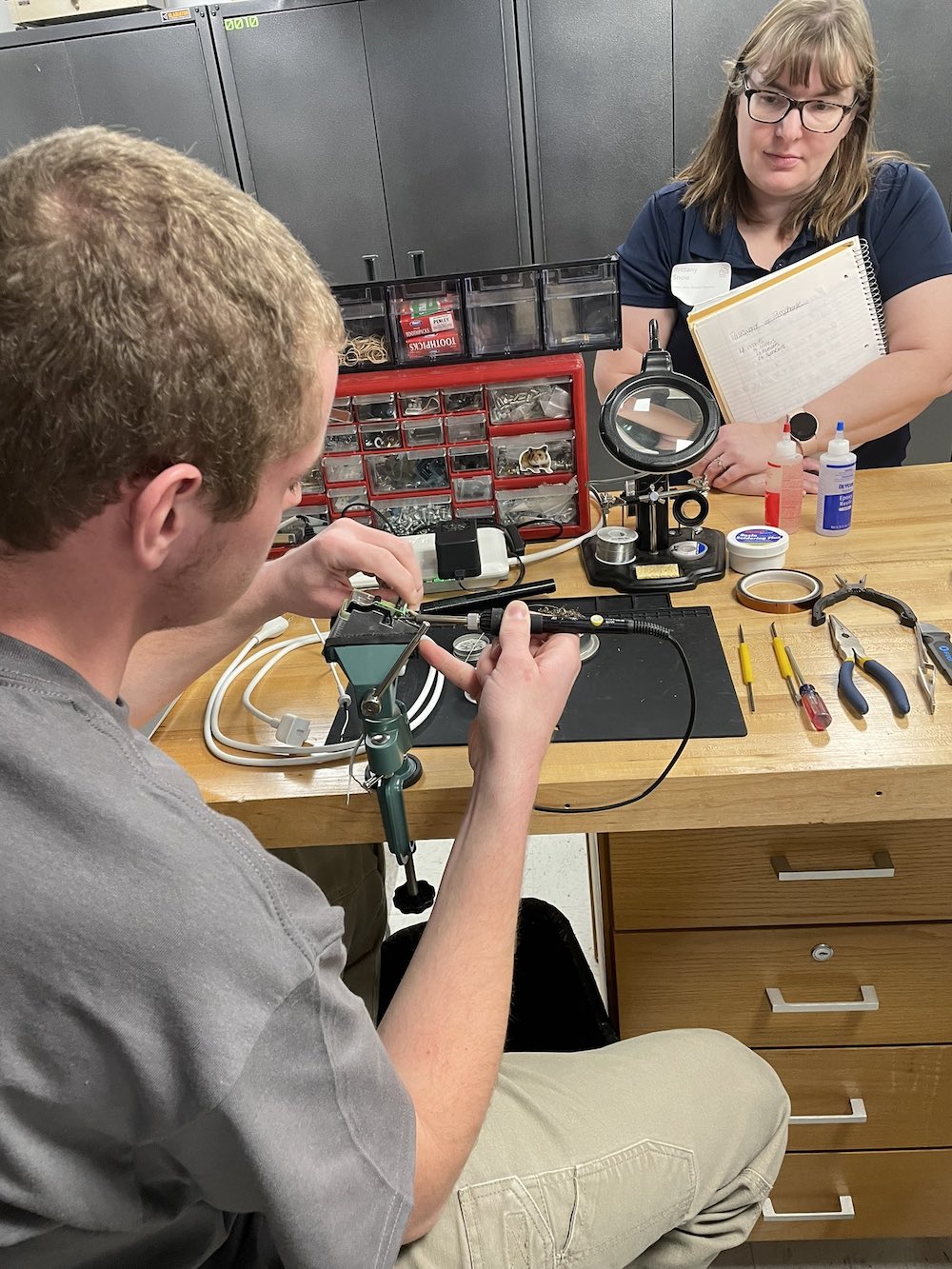
Assistant Superintendent Emily Sanders puts it another way. STAP, she says, “is the craziest thing I’ve ever seen in education, in a good way.”
The program’s impact, lauded by districts around the country and even by executives at Apple, goes way beyond technology, Shay says. It prepares students for digital-age careers and teaches powerful life skills: collaboration, problem solving, project management, and professionalism.
Students teach their peers technology-driven lessons and lead professional development for their teachers. They spend weeks preparing for and practicing real-world job interviews. They even present at conferences — where, more than once, someone in the audience has offered them a job. (“I have to step in and say, ‘Sorry, they’re only juniors in high school,’” says Shay, laughing. “But it shows how seriously our students take this, and how seriously others take our students.”)
STAP embodies the Beaver Area School District’s approach to learning, says Sanders. “So much of what we do here is student-driven,” she explains. “Even our annual Day of Giving — when hundreds of students go out into the community to lead service projects — is designed by our learners. Right now, I have five professional development proposals from kids. It’s amazing what they can do.”
The key to making it work isn’t technology, officials say. It’s trust.
“When people hear that word, they often think it means that we, the staff, have to trust the kids,” says Shay. “And that’s true, but trust goes both ways: The students also have to trust us not to lose sight of them. Students have to trust us to believe in what they can do.”
It’s that belief in learners that led the Beaver Area School District to join the Western Pennsylvania Learning 2025 Alliance, a regional cohort of districts working together — and with peers around the country — to create student-centered, equity-focused, future-driven schools that prepare every learner for tomorrow. Led by local superintendents and AASA, The School Superintendents Association, the Alliance convenes for workshops, networking opportunities, and professional development that helps districts like Beaver do what they do best: provide a path for every student to become the best of whoever they are.
“School districts in Western Pennsylvania do a really good job of innovating and looking to the future,” says Sanders. “The Alliance has exposed us to so many different systems and ways of thinking about education. It’s given us ideas and even funding that can help us try new things and take our strengths to the next level.”
In Beaver, that means bringing a STAP-like approach to other parts of the district’s curriculum. “We’re asking ourselves: How can we capitalize on what we’re already doing? How can we add to it?” says Sanders. “For example, what if we applied these ideas to a student-run business? Or to something in the sciences?”
In other words: What else can learners do?
“There’s so much potential in our students,” says Sanders. “We see it every day. And our students see it, too.”
Want to download this story? Click here for a PDF.
